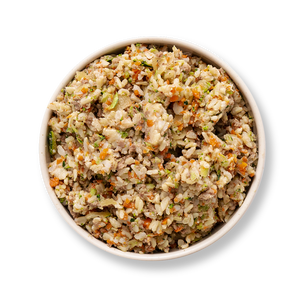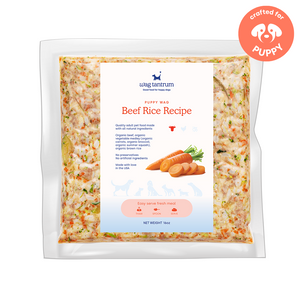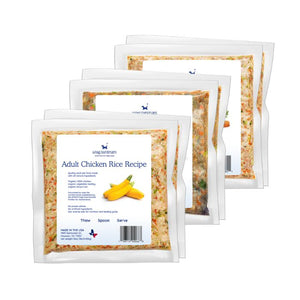Diagnosing Dog Food Allergies
Diagnosing Dog Food Allergies: A Guide for Pet Parents
As a loving pet parent, it’s heart-wrenching when your dog isn’t feeling their best. Allergies are one of the most common issues that cause discomfort, and food allergies can often be the culprit. But how do you know if your dog’s issues are related to their food? Here’s a step-by-step guide to diagnosing dog food allergies, with a focus on making informed decisions using options like fresh dog food companies and pet food delivery services.
1. Recognizing the Symptoms
First, it’s essential to recognize common signs of food allergies in dogs. Symptoms may include:
- Itchy skin, especially around the ears, paws, or rear end
- Chronic ear infections
- Vomiting or diarrhea
- Hot spots or red, inflamed skin
- Excessive licking or chewing on paws
If you notice any of these symptoms, it’s worth considering that your dog might have a food allergy.
2. Narrowing Down the Potential Triggers
If you suspect a food allergy, the next step is to identify which ingredient could be causing the reaction. Common allergens in dog food include:
- Beef
- Chicken
- Dairy
- Grains (like wheat or corn)
- Soy
However, some dogs may also react to preservatives or artificial flavorings, which are common in commercial pet food.
3. The Elimination Diet
The best way to determine if your dog is allergic to a certain ingredient is by performing an elimination diet. This process involves feeding your dog a single protein and carbohydrate source that they have never eaten before, for about 8-12 weeks. This allows you to see if their symptoms improve after eliminating potential allergens.
Many pet food delivery companies offer specialized options for elimination diets. Look for options that feature novel proteins (like venison, duck, or fish) and hypoallergenic formulas. Fresh dog food companies that create balanced, whole food meals made with ingredients tailored to your dog’s specific dietary needs can be an excellent starting point. These companies focus on providing food that’s free from fillers and artificial additives, which could reduce the chances of allergic reactions.
4. Transitioning to Hypoallergenic Diets
After the elimination phase, if your dog’s symptoms have improved, you can gradually reintroduce different ingredients one at a time. This can help pinpoint the specific allergen. However, it’s important to stick with foods that are made in the USA, as regulations for pet food in the U.S. are stricter, ensuring higher-quality, safer ingredients.
Fresh dog food options are increasingly popular for dogs with allergies because they focus on providing fresh, human-grade ingredients that are minimally processed. Many fresh dog food companies provide pre-portioned meals based on your dog's weight, age, and dietary needs, making it easier to manage their diet and identify any changes in their health.
5. Consider Alternative Options for Allergic Dogs
If your dog has a confirmed food allergy, switching to a specialized diet is key to managing their health. Look into food for dogs that’s specifically formulated for sensitive stomachs or food allergies. Hypoallergenic formulas from pet food delivery services are great options because they’re designed to avoid common allergens while providing complete and balanced nutrition.
Additionally, for dogs who are particularly picky eaters or have more severe reactions, some pet food delivery companies offer meal plans created by veterinarians that focus on gentle, easy-to-digest recipes.
6. Consult a Veterinarian
While elimination diets and new food options are powerful tools, always remember that the advice of a veterinarian is invaluable. They can help guide you through the process of diagnosing food allergies, especially if your dog’s symptoms are severe. A vet may also recommend specific allergy testing to confirm your suspicions and avoid long-term food sensitivities.
Conclusion
Diagnosing dog food allergies requires patience, observation, and a keen eye for the foods that might be causing issues. By using fresh dog food options, eliminating potential allergens, and considering pet food delivery services, you can help your dog live a healthier, more comfortable life. Always stay mindful of their symptoms, and consult with your vet to ensure the best outcome for your furry friend’s health.








